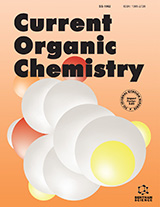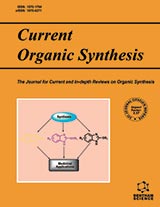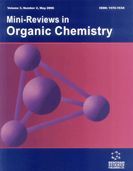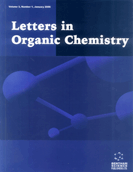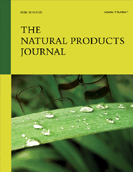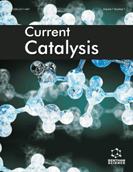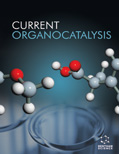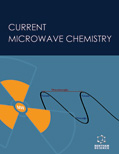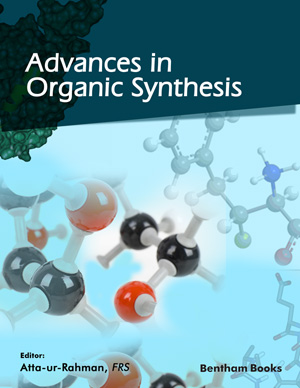Abstract
Biosynthetic incorporation of selenium- and tellurium- containing amino acids has been exploited to produce both heavy-atom derivatives and nuclear magnetic resonance probes in biomacromolecules. These derivatives have played a significant role in the elucidation of both the local and global structures of a variety of biomacromolecules such as proteins and oligomeric nucleic acids. Although the replacement of methionine with selenomethionine (SeMet) in a protein was reported as early as 1957, it was not until recently that a seleniumcontaining amino acid was successfully used to simplify the phase problem of macromolecular crystallography through the use of multiwavelength anomalous diffraction (MAD) techniques. Boles and coworkers reported the first incorporation of telluromethionine (TeMet) into a protein. More recent research has included the incorporation of [4,5]selenatryptophan ([4,5]SeTrp) and [6,7]selenatryptophan ([6,7]SeTrp) into recombinant proteins, adding two additional tools to the arsenal of heavy-atom derivatives available to probe the structure and dynamics of biomacromolecules. Methods for the construction of Te / Se-Cys and Se-tyrosine and their potential use in biomolecular studies have been reported.
Keywords: Crystallography, Se-tyrosine, proteins, selenatryptophan, methionine


